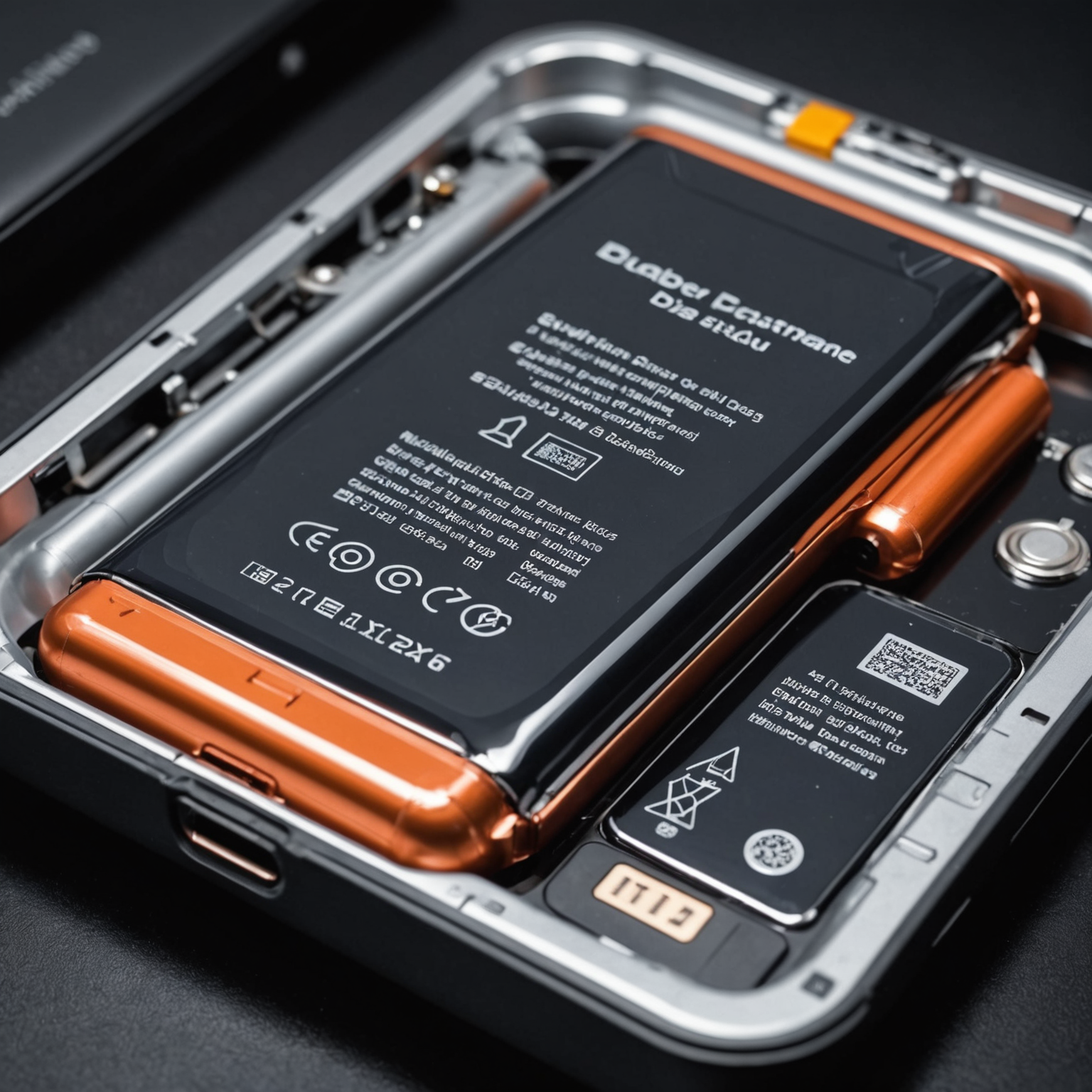The real reason your phone battery swells like a balloon
 A swollen phone battery bulges due to internal gas buildup from chemical reactions inside the battery.
A swollen phone battery bulges due to internal gas buildup from chemical reactions inside the battery.
Why your phone’s battery sometimes looks like it’s puffed up — and what’s really going on inside
By Peter Teoh, Science Writer
Have you ever pulled an old phone out of your drawer only to find it looking puffier than when you first used it? If your battery has swollen like a tiny balloon, you’re not alone — this is a surprisingly common problem with lithium-ion batteries, the kind found in almost every smartphone.
What’s inside your phone battery?
Your phone battery isn’t just a simple power pack; inside it’s a carefully balanced chemical factory. Lithium-ion batteries store energy by moving lithium ions between two parts called the anode and the cathode, through a liquid called the electrolyte. These parts are sealed tightly inside a flexible pouch or metal casing to keep everything safe and stable.
Why does it swell?
The swelling happens because gases build up inside the battery. This gas is mostly carbon monoxide and carbon dioxide, created by tiny chemical reactions happening inside the battery when it’s charged and discharged repeatedly. Normally, the battery’s design keeps everything balanced and these gases don’t cause trouble. But under certain conditions, these gases accumulate and puff up the battery like a balloon.
Here are the main reasons:
-
Overcharging: Charging your phone beyond its recommended voltage makes the chemicals inside react more than they should. This speeds up the production of gases. The extra heat and pressure cause the battery pouch to expand.
-
Aging and Chemical Breakdown: Over time, even with perfect use, the battery’s internal parts degrade. The special protective layer called the solid electrolyte interphase (SEI), which normally keeps the battery stable, starts breaking down. When this happens, the electrolyte can decompose and release gases.
-
Deep Discharge: Letting your battery drain completely can also damage that protective SEI layer. Without it, harmful reactions happen that produce gas and damage the battery’s inner structure.
What’s this SEI layer, and why is it so important?
Think of the SEI as a protective skin formed inside your battery during its first charge. It shields the anode (usually made of graphite) from the liquid electrolyte, preventing chemical reactions that would cause damage and gas buildup. When the SEI breaks down, the battery’s chemistry goes out of balance, leading to swelling and loss of battery life.
Why should you care?
A swollen battery isn’t just ugly — it’s dangerous. The pressure from the gas can cause the battery to leak harmful chemicals, catch fire, or even explode in extreme cases. That’s why if you notice your phone is bulging or heating up abnormally, it’s best to stop using it and get it checked or replaced.
How to prevent battery swelling?
-
Don’t overcharge: Avoid leaving your phone plugged in overnight or for very long after it’s fully charged.
-
Use the right charger: Always use chargers designed for your phone to keep voltage stable.
-
Avoid extreme temperatures: Heat speeds up chemical reactions and battery aging, so keep your phone cool.
-
Replace old batteries: Batteries age and degrade, so replacing them before they get too old can prevent swelling.
What if your battery is already swollen?
Handle it carefully! Swollen batteries can leak or rupture. If you know how, remove the battery using proper safety gear like gloves and eye protection, and take it to a recycling center that handles batteries safely. If not, ask a professional for help.
Side Notes
- Lithium-ion batteries power many devices besides phones, like laptops and tablets.
- Battery swelling is a sign the battery is no longer safe to use.
- Never puncture or try to squeeze a swollen battery — it’s a fire hazard.
Trending Sidebar
- New battery tech: Scientists are exploring safer battery materials to prevent swelling.
- Battery recycling: Proper disposal helps prevent environmental hazards.
- Battery care tips: Apps now help monitor battery health and alert users to swelling risks.
Leave a comment